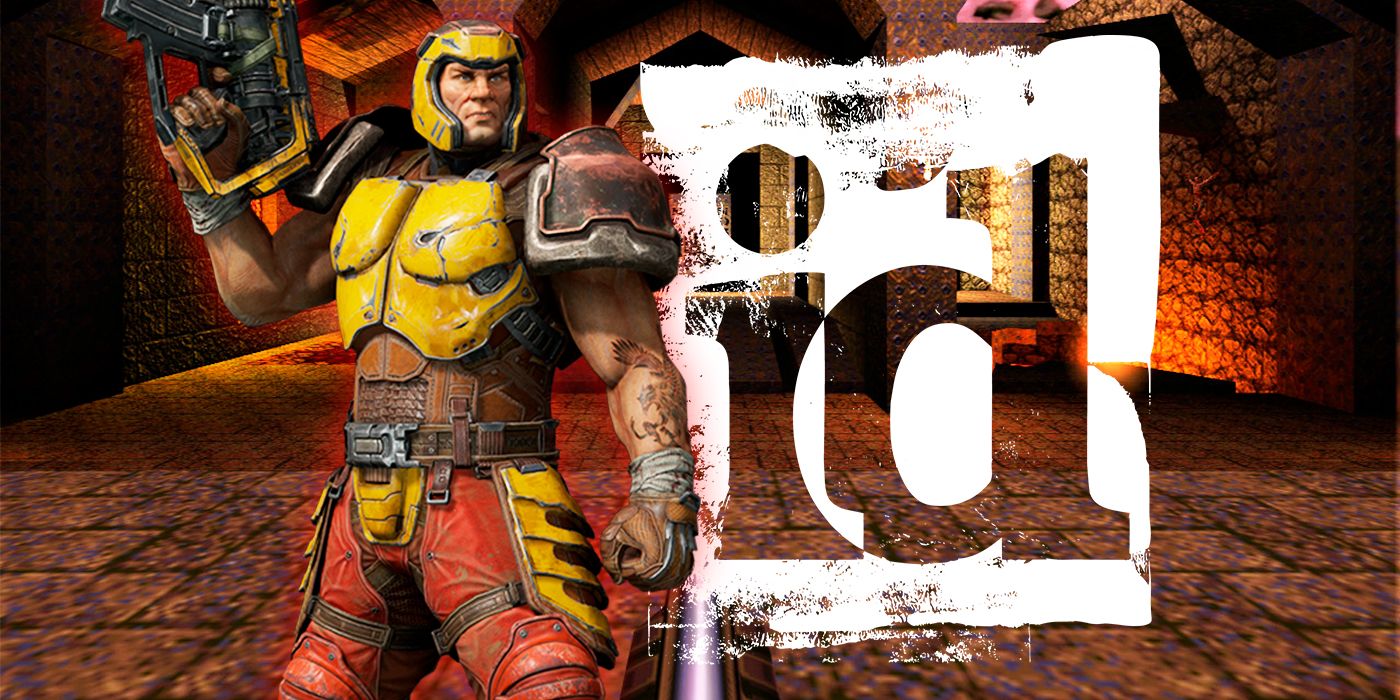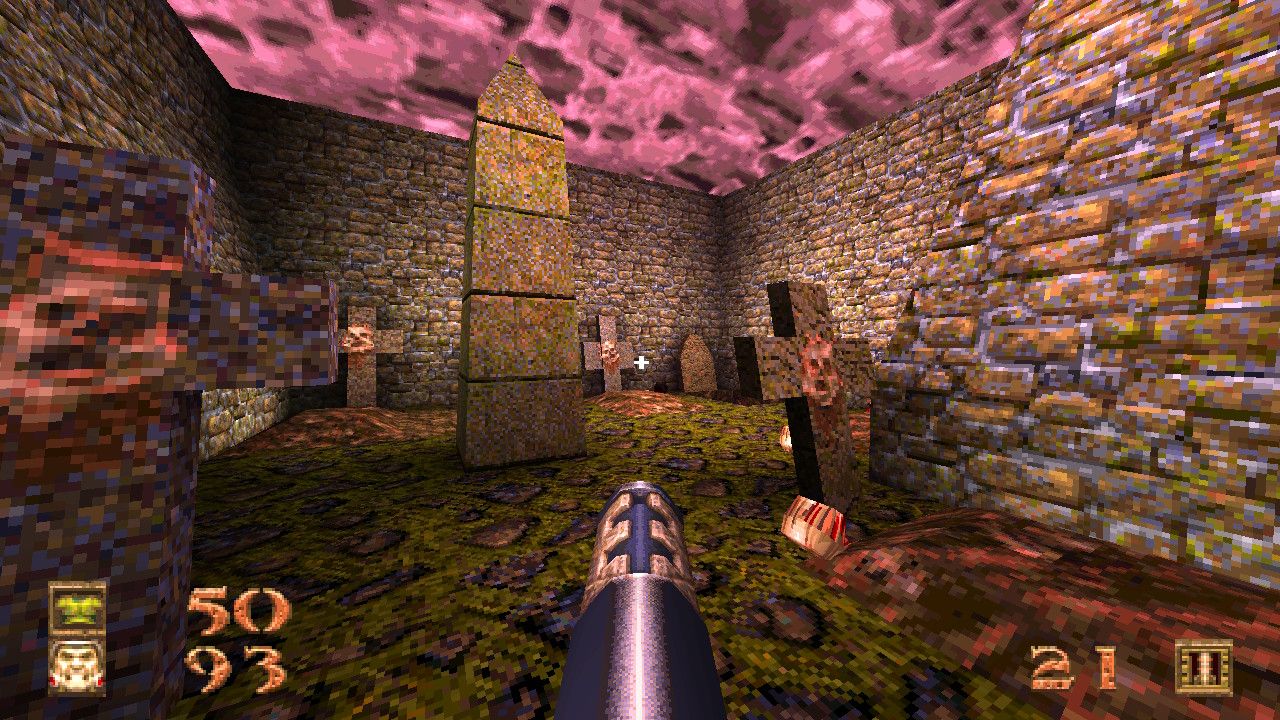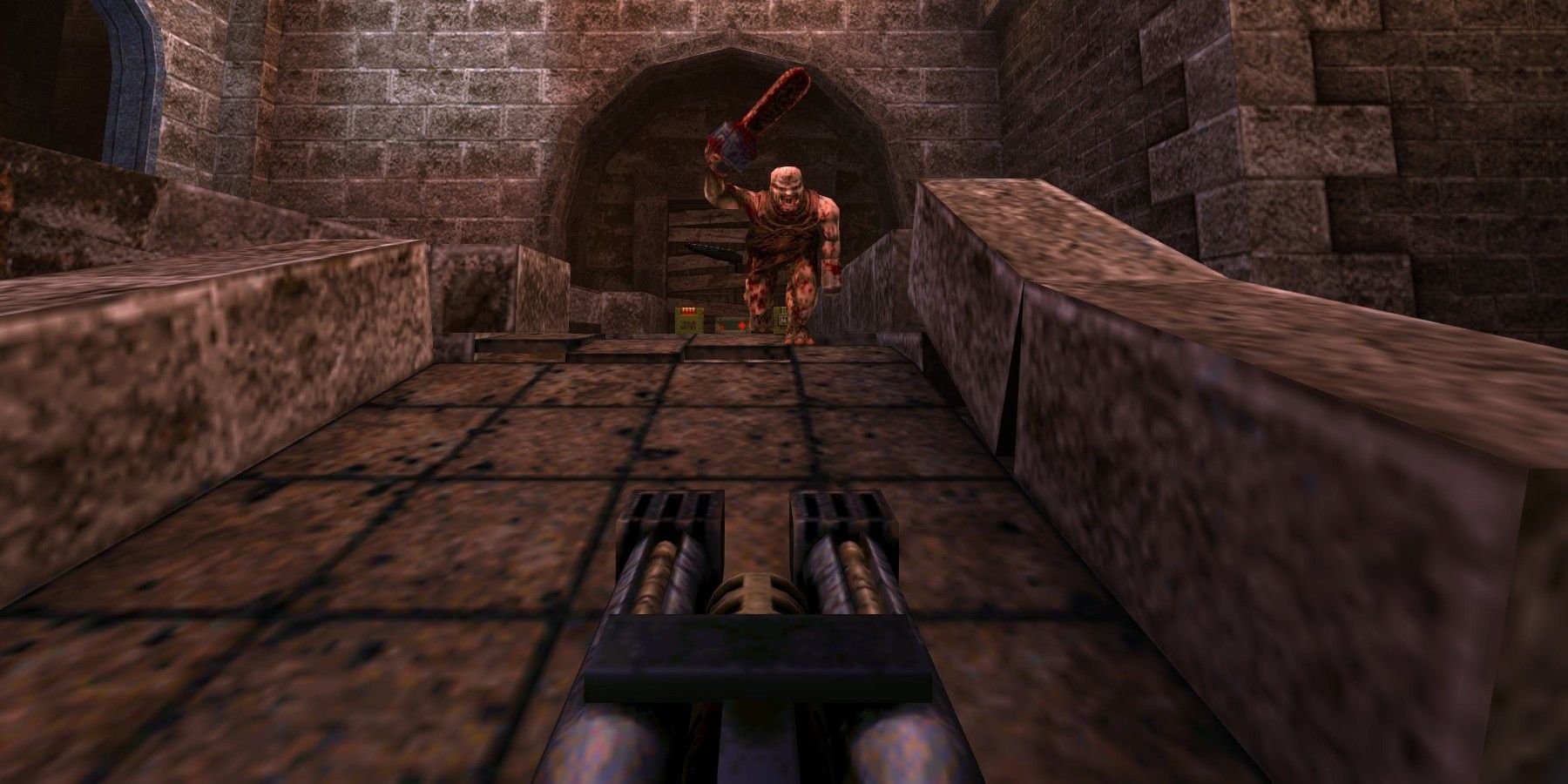Quake launched in 1996 to universal acclaim from fans and critics alike. The title proved itself a worthy follow-up to the immensely iconic DOOM in many ways, and while it didn't outsell DOOM II, Quake proved itself a marked upgrade in aspects such as graphics, sound design, level architecture and multiplayer functionality, among others. The recent port by Night Dive studios in honor of the title's 25th anniversary highlights just how important a release it really was.
Given this incredible success, it can be strange to consider Quake as anything but a net positive for developer id Software, but the title would ultimately deal irreparable damage to the studio. After its release, the company would go through some major changes -- and Quake itself was at the core of conflict that would tear the iconic developer apart. In more ways than one, the industry would never be the same again after Quake.
After DOOM II unleashed hell on earth, id Software turned its attention to its next title. Quake was originally teased by the studio in a preview included with Commander Keen, then titled The Fight for Justice. This would focus on a hero named Quake who was armed with thunderbolts and his Ring of Regeneration. The idea was chosen as the studio's next project after DOOM II, with id Software legend John Romero taking the lead.
Romero envisioned the game as a fully 3D third-person action title utilizing Virtua Fighter-inspired melee combat. Quake was described as featuring a Thor-like character with a powerful hammer that could be thrown at enemies just as the God of Thunder does in Marvel Comics. The title would have been a further departure from the likes of DOOM with some proposed RPG elements, though what these would have specifically entailed remains a mystery.
John Carmack was developing the game's engine while production on the title began, and this proved a rather difficult task. Carmack was developing this new, fully 3D engine at the same time as a new networking model for multiplayer matches, slowing progress considerably. This led to team members needing to continually scrap assets and levels designed for the game as the engine continued to evolve over time. It would take around a year for the engine to be completed, and the Quake team already felt exhausted due to the lack of progress.
id Software held a company meeting to decide the future of the title -- would it continue with its original experimental design or adopt a more DOOM-style FPS and play to the team's strengths? The exhausted team voted to make Quake an FPS, which disappointed Romero. The director had hoped to do something new and unique with the game, but his vision would not come to pass. This decision created friction between Romero and Carmack for the rest of the title's development.
Development on Quake was brutal and challenging. Romero focused on injecting as much innovation as possible to the title, prioritizing new-level designs with enhanced verticality and other features that were impossible in the DOOM engine. Following the disappointment he suffered during development, Romero chose to leave the studio he co-founded when the project was complete, exiting id Software as soon as Quake was released and seeing zero profit from the title.
However, Romero would not be the last departure. Many other members of the Quake team left id after the game was released, worn out from the title's hectic and stressful development. One of the notable exits was level designer Sandy Petersen, known for developing multiple levels across DOOM, DOOM II and Quake. Despite Quake's unquestionable quality and impact, it, unfortunately, brought a golden age of classic FPS games to an end.



